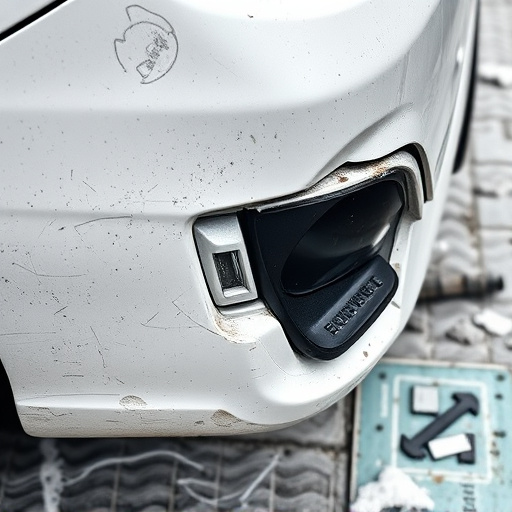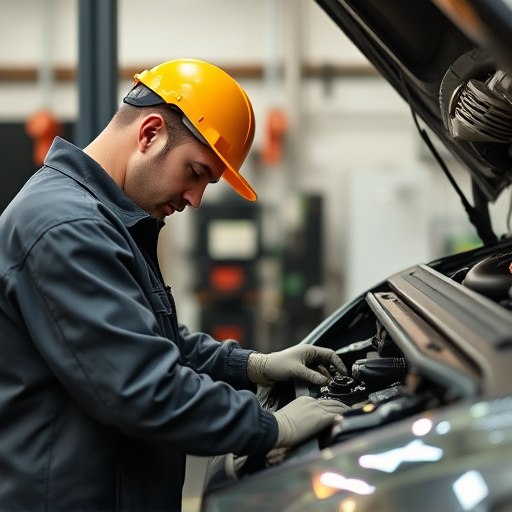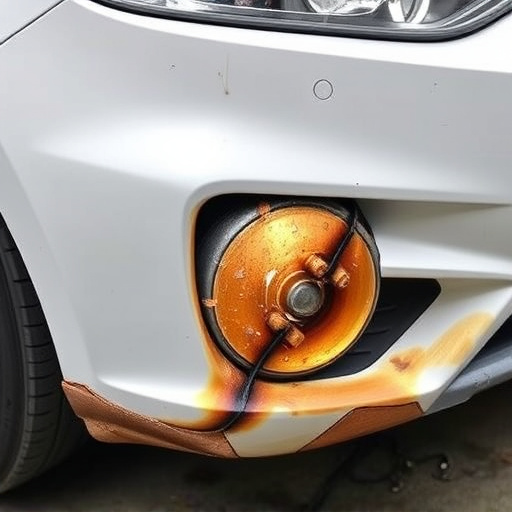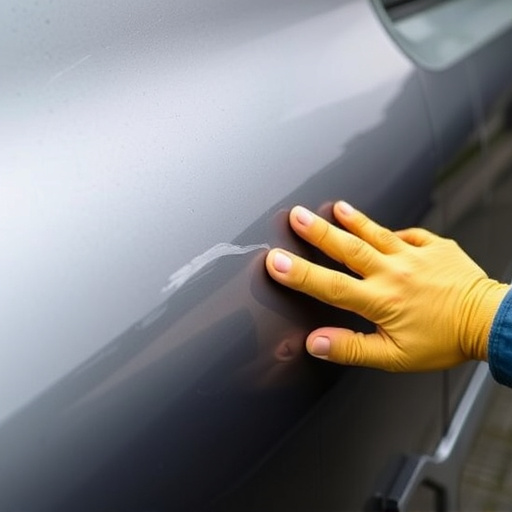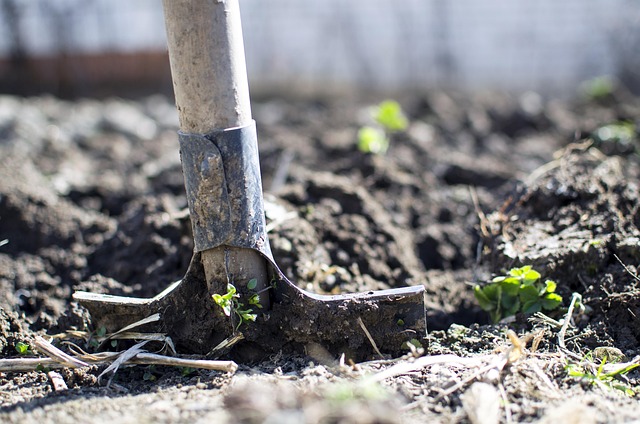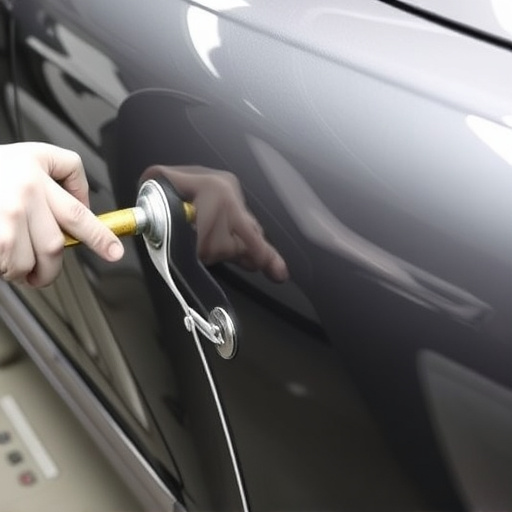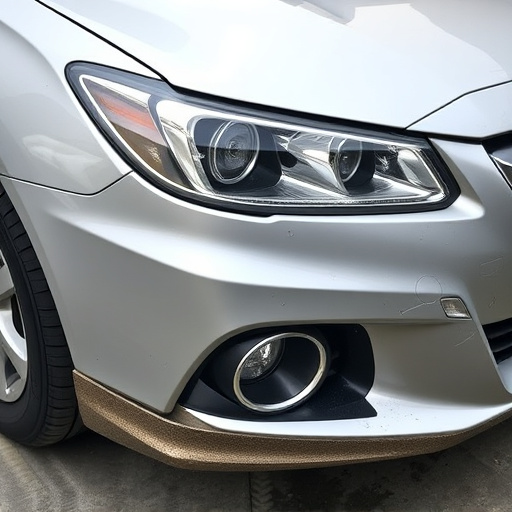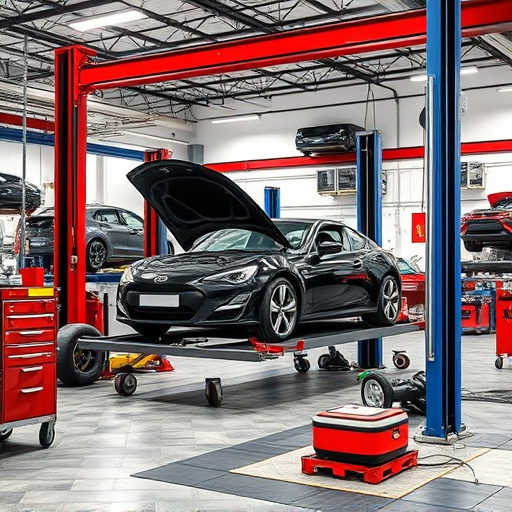The tear-down process, a meticulous disassembly of vehicle components after an accident, is crucial for accurate repair estimates. Skilled technicians inspect every part, document damage, and create detailed work plans. This data-driven approach optimizes labor scheduling, minimizing downtime and enhancing productivity in car body repair and restoration projects. By integrating advanced scheduling software, collision repair centers can efficiently manage resources, resulting in timely service and high-quality outcomes for customers.
In construction, efficient tear-down for estimate and labor scheduling coordination is a game-changer. This comprehensive guide delves into the intricacies of the tear-down process, highlighting its significance in accurate project estimation and optimized labor deployment. By understanding the steps involved, gathering essential data, and implementing strategic scheduling post-tear down, contractors can enhance productivity, reduce costs, and ensure timely project completion.
- Understanding the Tear Down Process
- Gathering Data for Accurate Estimates
- Optimizing Labor Scheduling Post-Tear Down
Understanding the Tear Down Process
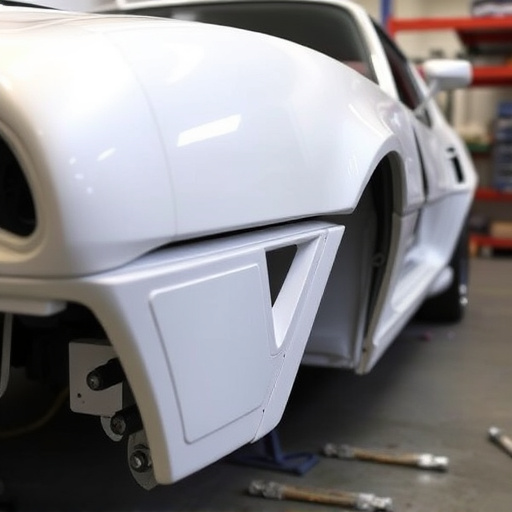
The tear down process is a critical step in preparing a vehicle for repair, especially after a car accident or collision. It involves meticulously disassembling various components of the damaged car to assess the extent of the harm and accurately determine the necessary repairs. This methodical breakdown is crucial for creating a detailed estimate, ensuring that every aspect of the vehicle’s restoration is accounted for. By carefully examining each part—from exterior panels to interior fixtures—technicians can identify not only visible damage but also potential hidden issues.
Understanding this process is key to efficient labor scheduling. Once the tear down is complete and the scope of work is clear, repair teams can allocate time and resources effectively. Whether it’s for a car dent removal or more complex vehicle repair, such as collision repair, having an accurate picture of the task at hand allows for better planning and reduces unexpected delays. This, in turn, enhances customer satisfaction by providing timely estimates and ensuring their vehicles are restored to pre-accident condition.
Gathering Data for Accurate Estimates

Accurate estimates for tear down and labor scheduling are impossible without gathering comprehensive data upfront. For any project involving car restoration or vehicle body repair, understanding the scope is key to successful planning. This includes documenting every component that needs attention, from minor dent removal to complete frame replacements. Skilled technicians meticulously inspect each part, noting its condition, age, and potential for reuse or recycling.
This meticulous process involves detailed record-keeping, photographing every angle for reference, and cross-referencing with industry standards. By compiling this data, teams can realistically anticipate the time required for disassembly, repair, and reassembly. This ensures that labor scheduling is efficient, minimizing downtime and maximizing productivity in both car body repair and restoration projects.
Optimizing Labor Scheduling Post-Tear Down
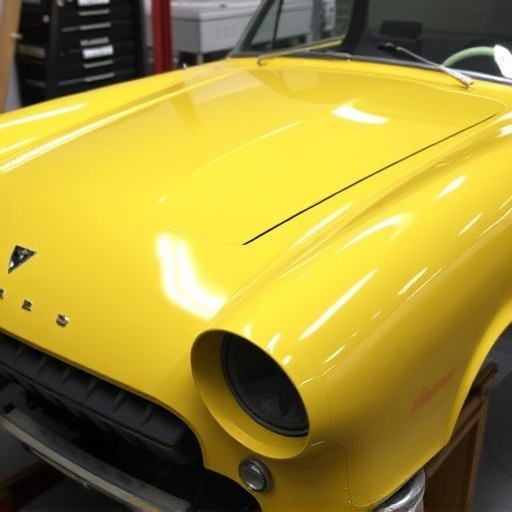
After a successful tear down for estimate, optimizing labor scheduling is the next crucial step. This process involves meticulously planning and organizing the workforce to efficiently handle post-tear down tasks, ensuring that every action contributes to a streamlined workflow. By integrating advanced scheduling software, automotive collision repair centers can effectively manage resources, assign tasks based on skill sets, and minimize downtime.
This strategy is especially beneficial for collision repair services, as it allows technicians to focus on specialized dent repair procedures without delays. Through precise labor coordination, these facilities can enhance productivity, reduce costs, and ultimately deliver high-quality outcomes faster. This optimized approach not only benefits the business but also guarantees customer satisfaction by adhering to promised timelines.
By streamlining the tear-down process, gathering precise data, and efficiently scheduling labor, construction teams can significantly enhance project estimation accuracy. This coordinated approach not only saves time but also ensures a more manageable workload for workers, ultimately leading to improved job satisfaction and project completion within budget and timeline expectations. Implement these strategies to revolutionize your estimate and labor scheduling practices.
